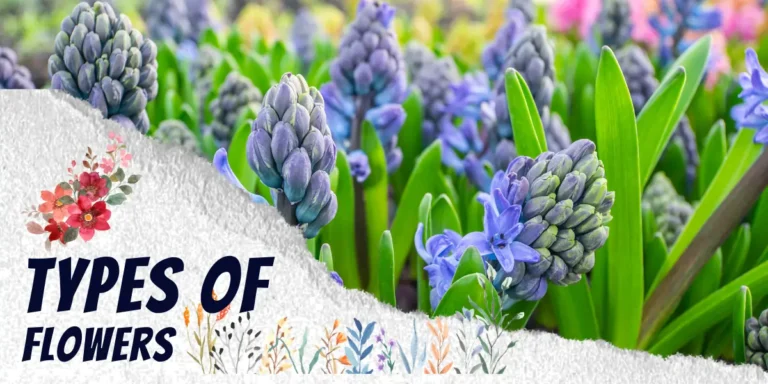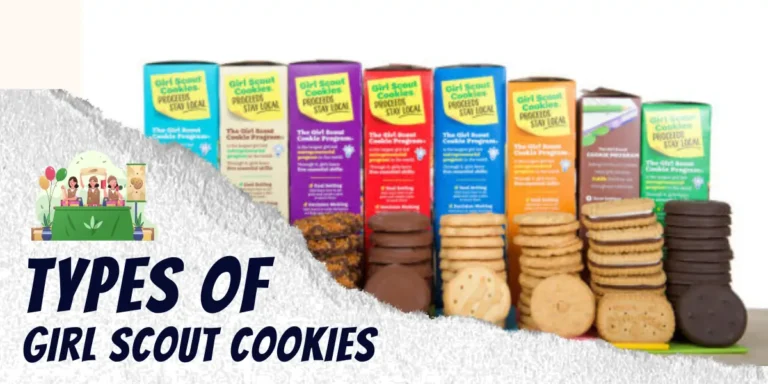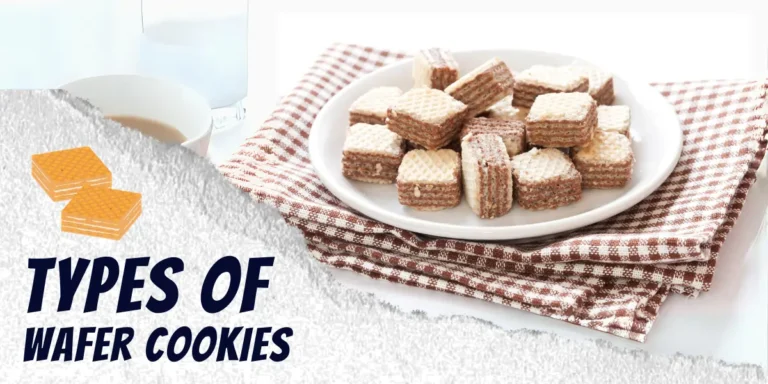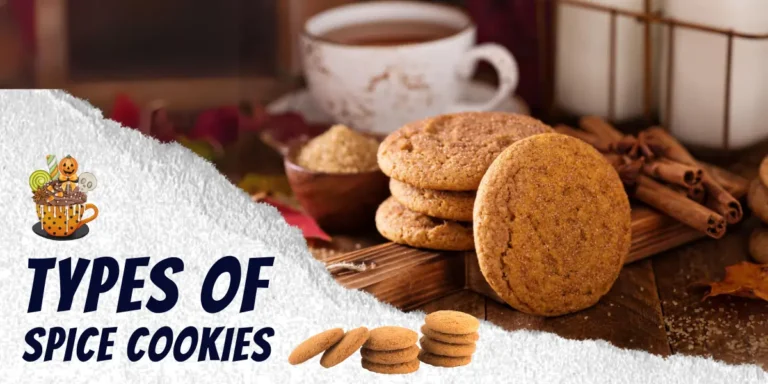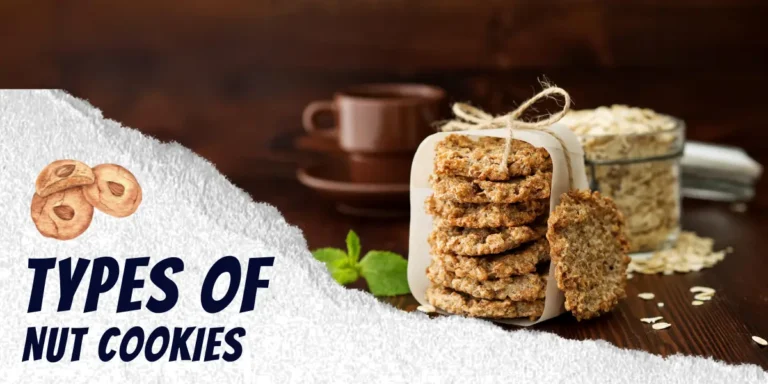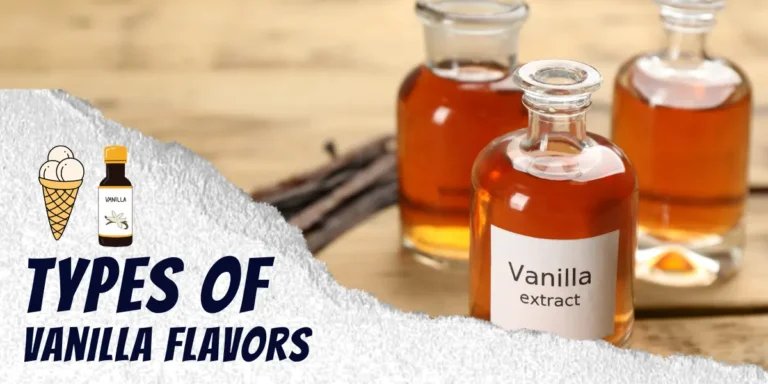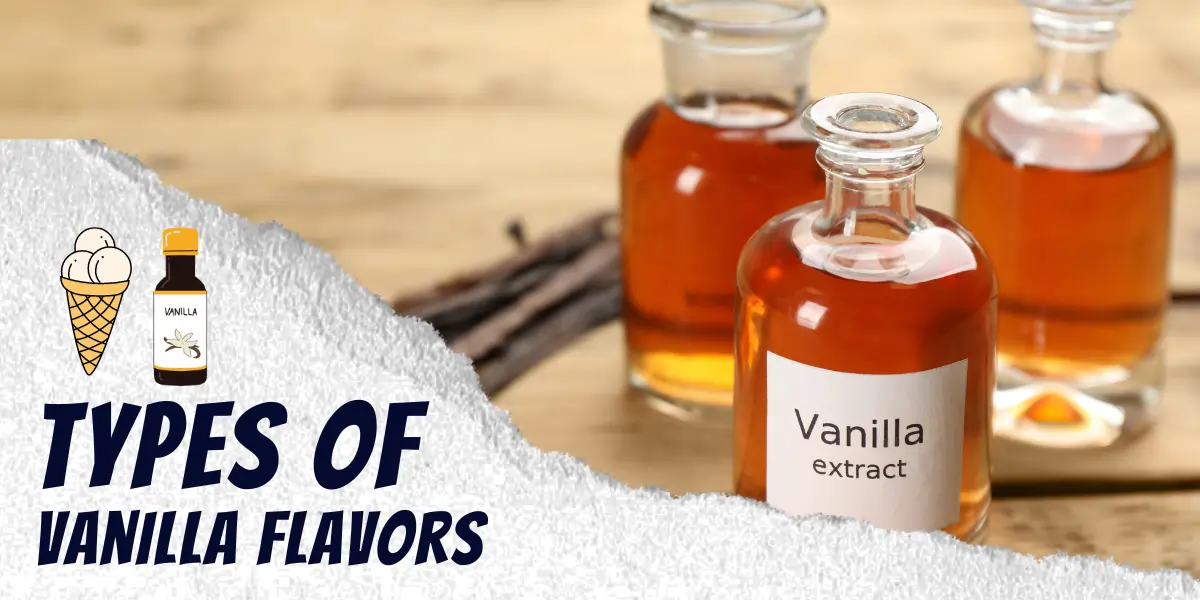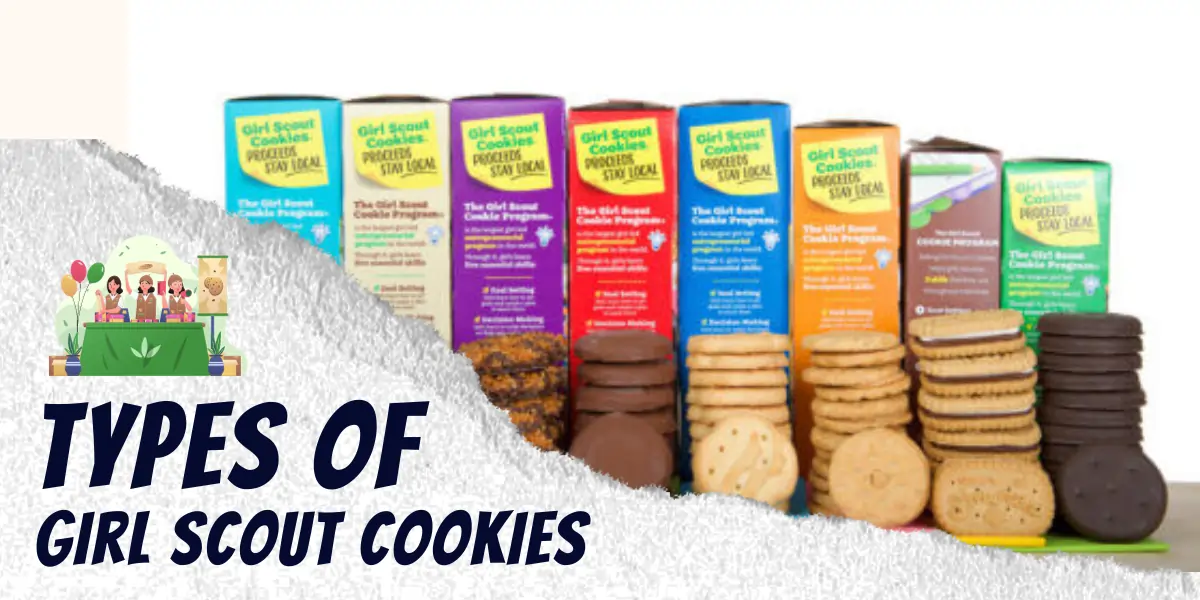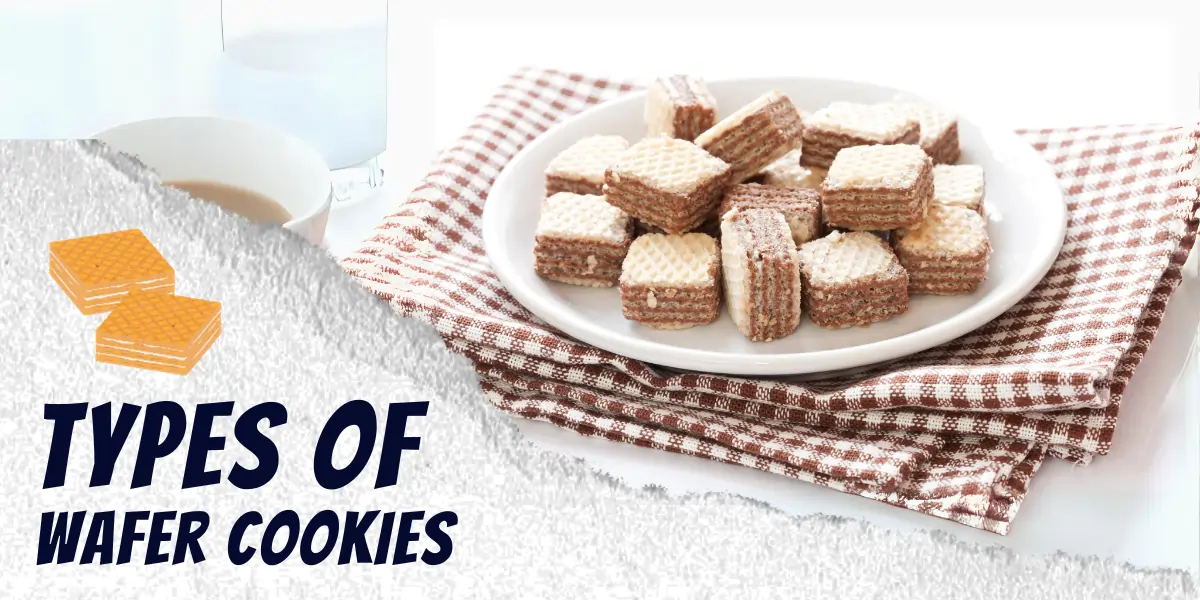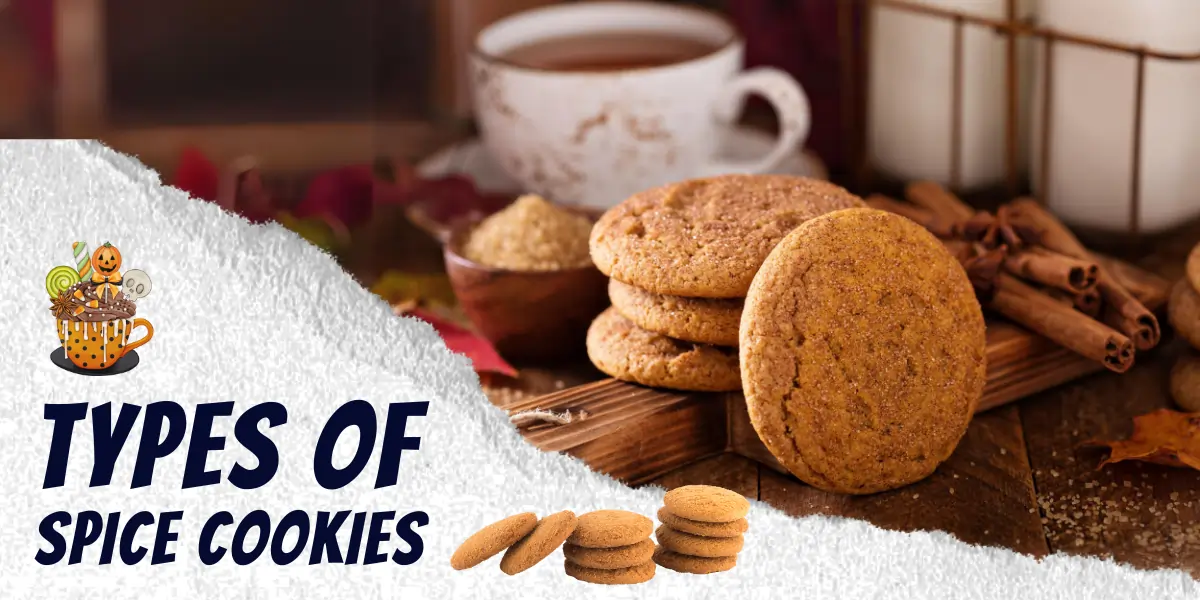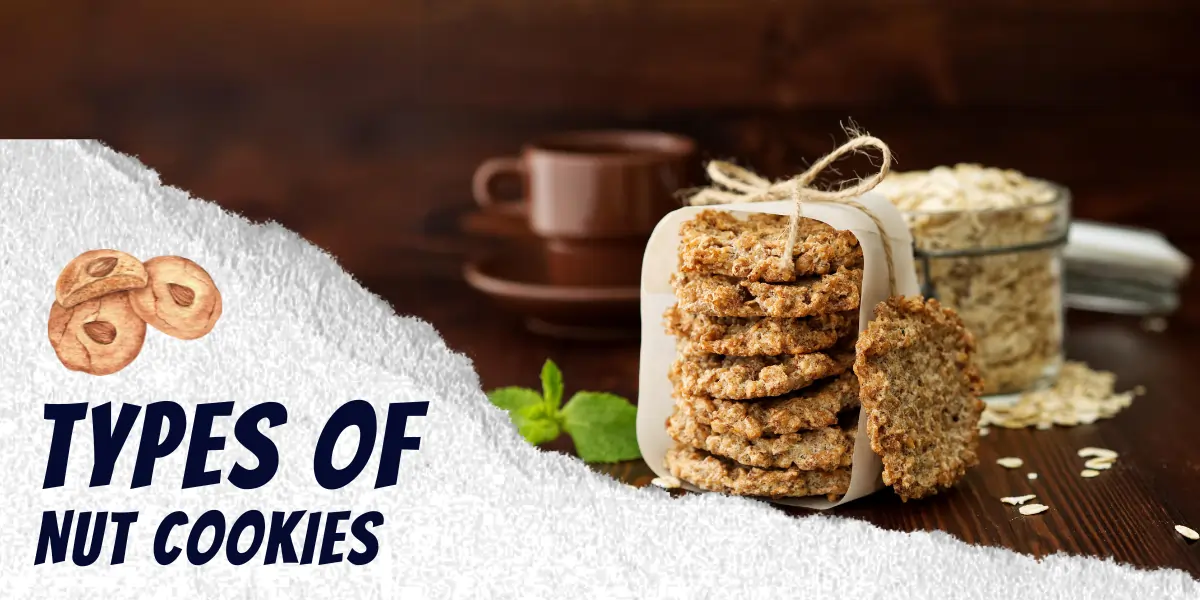Vanilla is one of the most popular flavors in the world. Known for its sweet, aromatic taste, vanilla adds warmth and depth to everything from cakes and cookies to coffee and chocolate. But did you know there are actually multiple types of vanilla flavors?
In this comprehensive guide, we’ll explore the different categories of vanilla flavors, comparing their distinctive qualities, uses, and more. Whether you’re a baker, confectioner, or just a lover of all things vanilla, read on to learn about the many delicious types of vanilla flavors and how to use them.
Table of Contents
Introduction to Vanilla Flavors
Vanilla originates from orchid plants in the genus Vanilla, primarily Vanilla planifolia. Vanilla extract and flavoring are made by curing and aging dried vanilla pods or “beans.”
This brings out the signature vanilla notes, transforming the green pods into the brown vanilla beans we know and love.
Global demand for vanilla flavors has skyrocketed in recent years. However, vanilla is a delicate, labor-intensive crop, making it challenging for supply to keep up. This has caused significant vanilla price fluctuations over time.
With so many recipes calling for vanilla, food manufacturers have gotten creative, developing different types of vanilla flavors to meet demand. Let’s explore some of the most common categories.
Outline of Main Vanilla Flavor Types
There are three primary types of vanilla flavors:
1. Natural Vanilla Flavors
- Made directly from vanilla beans
- Labeled as vanilla extract, vanilla flavoring, vanilla powder, etc.
- Most traditional and recognizable vanilla flavor
2. Vanilla Flavorings
- Synthetic or “imitation” vanilla flavors
- Contain vanillin but no vanilla bean extracts
- Significantly cheaper than natural vanilla
3. Vanilla-Flavored
- Foods flavored to taste like vanilla
- Usually contain non-vanilla flavorings or enhancers
- Examples: vanilla coffee creamer, vanilla yogurt
Next, let’s break these categories down further, exploring what makes each type of vanilla flavor unique.
Key Characteristics of Vanilla Flavors
Natural Vanilla Flavors
Natural vanilla flavors come directly from vanilla beans. This category includes:
Vanilla Extract: Vanilla extract is a concentrated liquid made by soaking chopped vanilla beans in a solution of ethyl alcohol and water for several months. This long extraction process pulls out over 300 aromatic compounds. High quality extracts use a high ratio of beans to liquid.
- Pros: Rich, nuanced vanilla flavor
- Cons: Expensive compared to other options
Vanilla Beans: Whole dried vanilla bean pods impart excellent flavor when directly infused into liquids like milk or alcohol. Beans are very versatile but must be ground or chopped to release flavor.
- Pros: Allows full customization of flavor
- Cons: Takes more effort than extracts/pastes
Vanilla Paste: Vanilla paste contains vanilla extract plus vanilla bean specks suspended in a thick liquid. It delivers concentrated flavor along with visual appeal from vanilla seeds.
- Pros: Convenient way to add bean flecks
- Cons: Can be pricey for volume needed
Vanilla Powder: Dried, ground vanilla beans create vanilla powder. This gives instant concentrated vanilla flavor while retaining a smooth texture.
- Pros: Shelf-stable, easy to portion and incorporate
- Cons: Lacks the aroma and depth of extracts
Vanilla Flavorings
Vanilla flavorings impart the sweet, familiar taste of vanilla using synthetic or “nature identical” vanillin instead of vanilla bean extracts.
Specific types include:
Imitation Vanilla: Primarily contains artificial substances and corn syrup solids engineered to mimic natural vanilla. Does not use any real vanilla beans.
- Pros: Extremely inexpensive
- Cons: Flavor and quality vastly inferior
Vanillin: The main flavor molecule naturally present in cured vanilla beans. Most vanillin used in food/drinks today is synthetically produced.
- Pros: Imparts signature vanilla taste very affordably
- Cons: Lacks complexity and can have off-notes
Ethylvanillin: Synthetic variant of vanillin with similar vanilla-like flavor. Used widely for economic reasons despite slightly different flavor profile.
- Pros: Very low cost source of vanilla taste
- Cons: Not a true match for real vanilla bean flavors
Vanilla-Flavored
The vanilla-flavored designation refers to products that incorporate non-vanilla flavor enhancers to create or boost a vanilla-type taste profile. These are not pure or natural vanilla flavors but intended to evoke vanilla flavors.
Examples include:
Vanilla Powdered Coffee Creamer: Mainly sugar, oil, and milk products flavored with “natural and artificial flavors” to taste like sweet vanilla cream. Does not actually contain vanilla bean extracts.
Hazelnut Vanilla Coffee Creamer: Coffee creamer with hazelnut and vanilla type flavors added, commonly using vanillin. Allows custom flavor combinations.
Vanilla Greek Yogurt: Often contains non-vanilla “natural flavors” in addition to milk, cream, and cultures, boosting the sweet vanilla taste.
Vanilla Almond Milk: Blends almond milk base with vanilla-like flavorings or enhancers to mimic the flavor of vanilla bean speckled dairy milk.
Pros and Cons of Different Vanilla Flavor Types
| Type | Pros | Cons |
|---|---|---|
| Natural Vanilla | • Complex aromatic flavor | • Expensive |
| • Uses real vanilla beans | • Supply constraints | |
| Vanilla Flavorings | • Very affordable | • Lacks authentic flavor |
| • Consistent availability | • Can have off-notes | |
| Vanilla-Flavored | • Fun flavor combinations | • Does not contain actual vanilla |
| • Masks base flavors | • Artificial taste |
Common Applications and Uses
Natural vanilla flavors are best for recipes where vanilla will be prominently featured rather than an accent flavor. The nuanced complexity shines through. Think vanilla cakes, pudding, ice cream, etc.
Vanilla flavorings offer affordability for large scale food manufacturing where a recognizable sweet vanilla taste is desired but a supporting player. Examples include flavored yogurt, cereal, and snacks.
Vanilla-flavored products allow custom combinations like hazelnut coffee creamer or sweet, creamy beverages. These are formulated specifically to deliver certain flavor experiences.
Conclusion
Vanilla remains an extremely popular ingredient around the world. However higher quality natural vanilla flavors are more limited and costly. Many alternatives now aim to deliver recognizable vanilla aromas and sweetness at lower price points and greater availability using synthetic flavor molecules, enhancers, and imitators.
Understanding the differences between natural, imitation, and flavored options allows you to select the best choice depending on your baking and cooking needs. Quality natural vanilla delivers unmatched flavor and aroma for featured recipes. Cost effective vanilla flavorings stretch recipes requiring just a touch of vanilla or sweetness. And creative vanilla-flavored combinations introduce new taste experiences to enjoy.
So next time a recipe calls for vanilla, take a moment to consider which type of vanilla flavor will create the perfect end result. This guide unpacked all the common options – natural extracts, artificial flavorings, and flavored enhancements – comparing their pros, cons, and best uses. Now that you’re a vanilla expert, you can pick the ideal type of vanilla flavor for every application!

